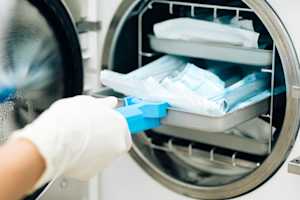Material Testing Insights
Read articles by our experts and guest authors on the practical implications of regulations, scientific advancements, and the ideal uses of different analysis methods.
Top articles

Biocompatibility testing of medical devices according to ISO 10993
Some biocompatibility testing according to ISO 10993 is typically needed to bring new medical devices to market in the EU and the US.

PFAS regulations in the EU: overview of restrictions and compliance testing options
The use of toxic PFAS compounds has been regulated in the EU for over a decade, with restrictions getting stricter each year.

EN 13501-1 standard for fire classification of construction materials: Overview of performance classes & criteria
In most cases, several reaction-to-fire tests are required to determine the correct fire performance class for construction products according to EN 13501-1.
Chempolis develops cutting-edge biorefining technologies supported by Measurlabs’ analytical expertise
When analyses required during the process development of formico® biorefining technologies are not available in-house, Chempolis turns to Measurlabs.
Keep reading >
Overview of the EN 13501-5 standard for fire classification of roof coverings
Standard EN 13501-5 is used across Europe to classify roof coverings according to their performance under exposure to external fire.
Keep reading >
Low Noise Factory relies on Measurlabs for consistent nanoscale transistor imaging
Low Noise Factory appreciates Measurlabs’ FIB-STEM imaging services, which help refine the manufacturing process of state-of-the-art cryogenic amplifiers.
Keep reading >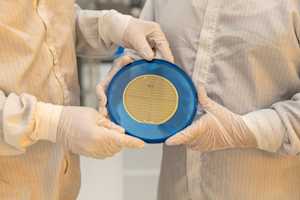
Product testing for the Nordic Swan Ecolabel: overview of requirements by category
Product-specific compliance criteria for the Nordic Swan Ecolabel cover aspects such as chemical safety, quality, and environmental performance.
Keep reading >
Guide to reliable microplastic analysis of blood and other complex biological samples
Step-by-step guide to ensure that microplastic analysis of blood samples yields reliable results, from contamination-free sampling to method selection.
Keep reading >
Food contact material testing according to FDA requirements
Food contact materials intended for the US market must typically pass extraction tests to ensure chemicals do not transfer to food in hazardous amounts.
Keep reading >
Meira selected Measurlabs as a quality control testing partner to benefit from expert support and a broad service range
Measurlabs supports Meira's quality control department with a full selection of analyses and responsive expert service.
Keep reading >
Infinited Fiber Company relies on Measurlabs to optimize and develop the Infinna™ fiber production process
Measurlabs' reliable specialty analyses have enabled Infinited Fiber's R&D team to shift their focus from analytical challenges to advancing core processes.
Keep reading >
From biowaste to biochar: optimizing Evac’s waste management solutions through laboratory testing
Measurlabs provides high-quality testing for Evac’s often complex waste and biochar samples across all stages of the treatment process.
Keep reading >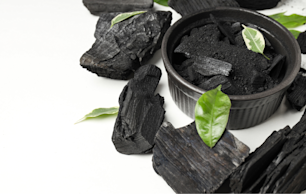
Guide to EN 45545-2 fire testing requirements for railway materials
EN 45545-2 specifies 28 requirements (R1–R28) and three hazard levels (HL1–HL3) that are used to determine applicable fire tests and performance criteria.
Keep reading >
Measurlabs partners with flustix to offer microplastic-free certification
Measurlabs and flustix partner to offer microplastic-free certification and testing in line with the EU REACH ban on intentionally added microplastics.
Keep reading >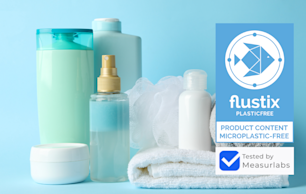
Pharmaceutical residue analysis according to the revised EU Urban Wastewater Treatment Directive
Large urban wastewater treatment plants will have to remove at least 80% of certain pharmaceutical substances from water during quaternary treatment.
Keep reading >
Barrier testing methods for product performance optimization
Barrier properties, such as WVTR and OTR, are often evaluated during the development of polymeric films. Tests can also be adapted for other sample types.
Keep reading >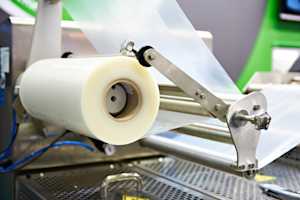
Combustible dust testing and classification according to industry standards
Potentially combustible dust is tested and classified according to ISO, EN, and ASTM standards to ensure safe handling, storage, and transportation.
Keep reading >
Testing to meet EU Monitoring and Reporting Regulation (MRR) requirements
Laboratory analyses required to comply with the MRR often include biomass fraction, net calorific value, and carbon content measurements.
Keep reading >
Standard methods for the electrical testing of plastics and polymers
Ensuring the safety and performance of plastics in electrical applications requires rigorous testing based on ASTM, IEC, and EN standards.
Keep reading >
Lola&Lykke partners with Measurlabs to ensure breast pumps are safe for babies
Breast pump safety testing must account for structural complexity, a vulnerable user group, and stringent regulatory requirements.
Keep reading >
PFAS testing methods and standards: How to select the most appropriate analytical approach?
We summarize current best practices for PFAS methods selection, including available analytical techniques and standard methods for selected sample matrices.
Keep reading >
Overview of UN/ECE Regulation No 118 for fire testing of bus interior components
One or more tests described in Annexes 6–10 to UN/ECE R118 are generally required for materials to be used in bus interior, heating, or engine compartments.
Keep reading >
Navigating medical device packaging testing according to ISO 11607
ISO 11607-1 and ISO 11607-2 lay down internationally recognized requirements for the packaging systems of terminally sterilized medical devices.
Keep reading >